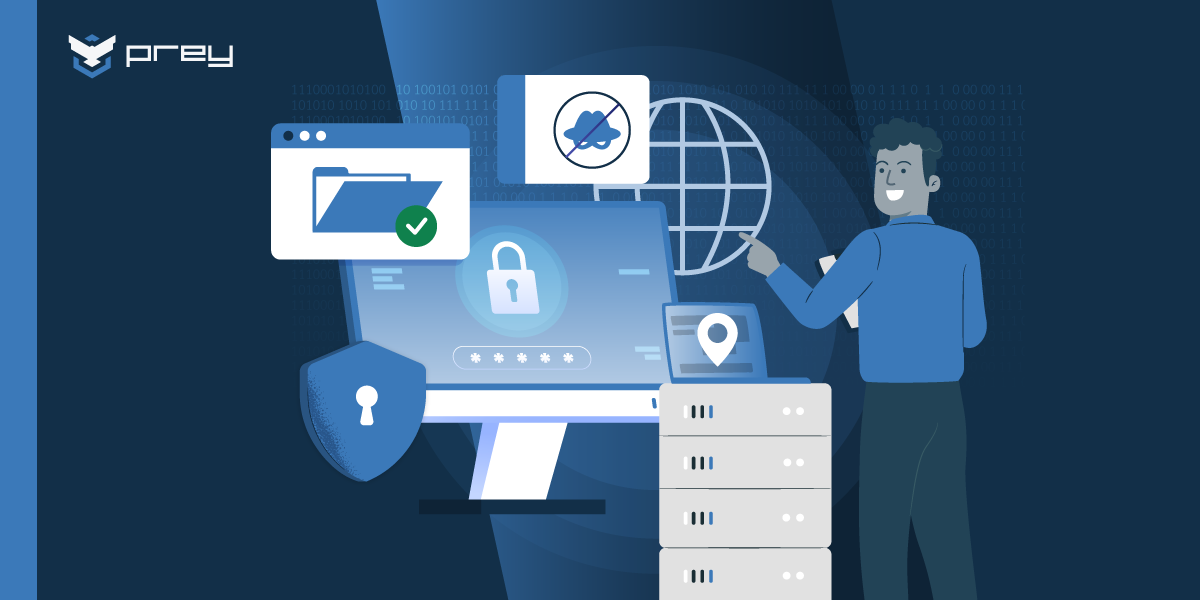According to UNESCO’s numbers on school closures during COVID-19, the pandemic affected as much as 91% of the global student population. These numbers amount to nearly 1,6 billion students around 194 countries affected by school shutdowns.
In the magnitude of these events, technology and remote learning quickly had to step up to become the leading alternative to traditional presential learning. This, however, doesn’t come easy and lightly. With fast and aggressive changes come adaptation issues, and several months into this transition we can clearly identify two main barriers in a school’s transition to remote learning.
Challenges of Remote Learning for Students | Technology Divide
Many schools and universities are already projecting their upcoming learning year in a stay-at-home fashion. This necessary move shifts what is considered essential for learning. No longer are books, pens, and backpacks in the necessity list, but a computer, cell phone, or tablet, and an internet connection.
Of the 1,6 billion students affected, half don’t have access to a computer at home, 43% also don’t have an internet connection at home, and about 56 million live in locations without mobile network coverage.
Actions Taken and New Challenges
Schools and Universities are beginning to rethink their role as education providers. School districts are redefining budgets to ensure that devices are provided to disadvantaged students. Efforts are being taken from individual stances, in the shape of donations; to governmental moves in budget aids.
As the digital divide decreases -a process far from completion-, new problems emerge for the schools and universities that now hold thousands of device fleets under their control. These organizations now must manage the distribution and maintenance of these devices, as well as the future recovery and reallocation of these fleets.

Challenges of Remote Learning for Teachers | Adaptation Process
A secondary problem has arisen as a result of the latter. The lack of prior adoption of technology in the classroom has resulted in a difficult adoption of it during the pandemic. Teachers and professors accustomed to in-person, chalk-and-board teaching are now facing a screen, a webcam, and a challenge: to adapt their past methods to new platforms.
The issue at hand is developed in three levels. First, the adoption and usage of technology by teachers; secondly, the adaption of class material to either a remote learning cloud platform or a format for a Zoom call; and thirdly, how to regulate and maintain the interactions and feedback loops necessary to engage students.
The problem’s roots are varied. On one hand, some institutions can’t access these technologies due to a lack of budget, and in other cases such as in the United Kingdom, the use of digital technologies in the classroom hasn’t been properly considered and promoted by the government as the future of teaching.
How Teachers are Leading the Change
Interestingly, this matter has evolved into an opportunity for collaboration and growth. Universities such as Cambridge are providing resources and testimonials for teachers all around the world to access. Dartmouth also has guidelines that go a step further into providing different avenues when it comes to the technology at hand, the methodology and delivery of content, and creating community.
This live knowledge base is spreading on media as well, where teachers are sharing their challenges and providing each other with guidance and creative approaches to remote learning. This process is certainly a live learning experience and will require further analysis to better understand the different teaching experience needs of the different student age ranges.
When speaking with Andrea Zamora Acosta, professor at the Chilean University Pontificia Universidad Católica de Valparaíso, we learned more about some of the concerns that arose during the transition.
On one end, professors are struggling to personalize their teaching and provide feedback or follow-ups without a platform in place; and on the other hand, students are adapting to taking their learning environment back home, with decreased student-to-student interaction.
This is clearly changing with Covid restrictions and cases lowering in most countries, however, it still stands as a lesson for the future. With the issues for students, teachers, and districts top-of-mind, this is the ideal time for schools to prepare for future events that may cause remote learning to happen again.
Takeaways
For us to think of a frictionless digital classroom, we must rethink the role of technology in education and project the importance of its role in the future of teaching and learning. The last decade has sought to think of technology as a mere tool of improvement for students when it should be developed as the keystone of the classroom of the now present, not future.
This delay in adoption has generated implications for the current generation that has been impacted by school closures. On one hand, access to technology has not been considered a priority, and thus the digital divide widened; and on the other hand, many educators have not received the proper tools and resources to make a quick transition towards remote learning.
How we address these two points in the upcoming year will certainly determine the shape -and tools- of our future classrooms.






